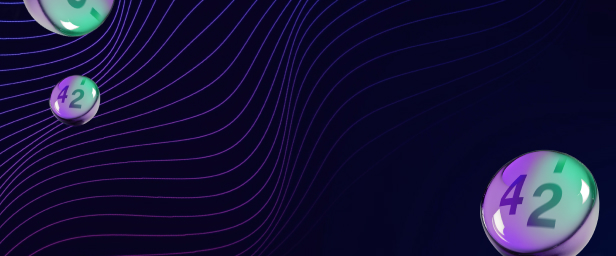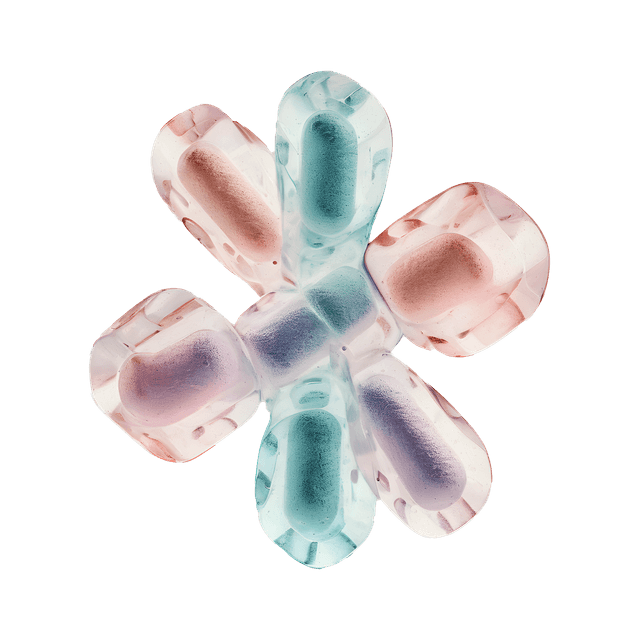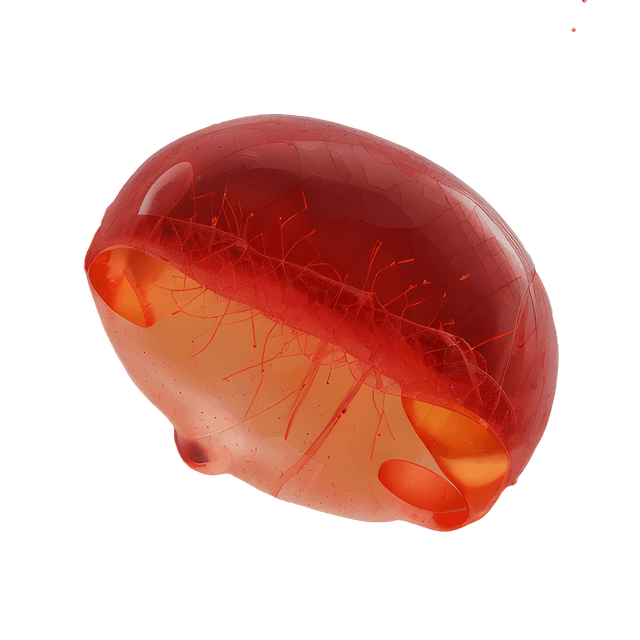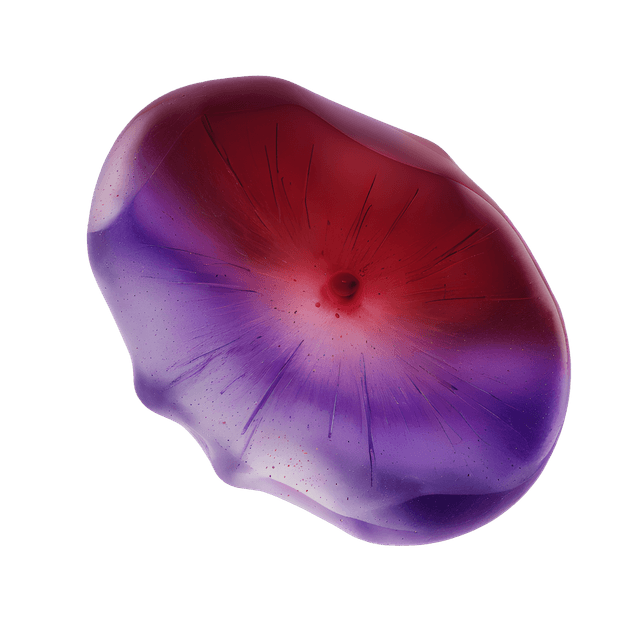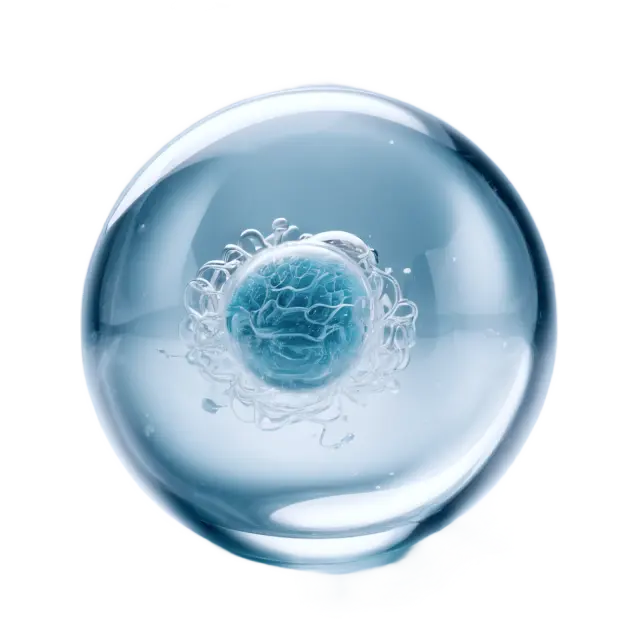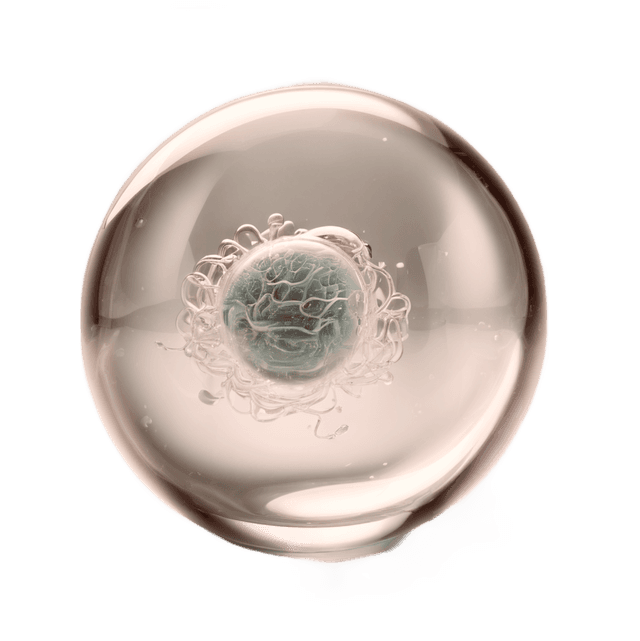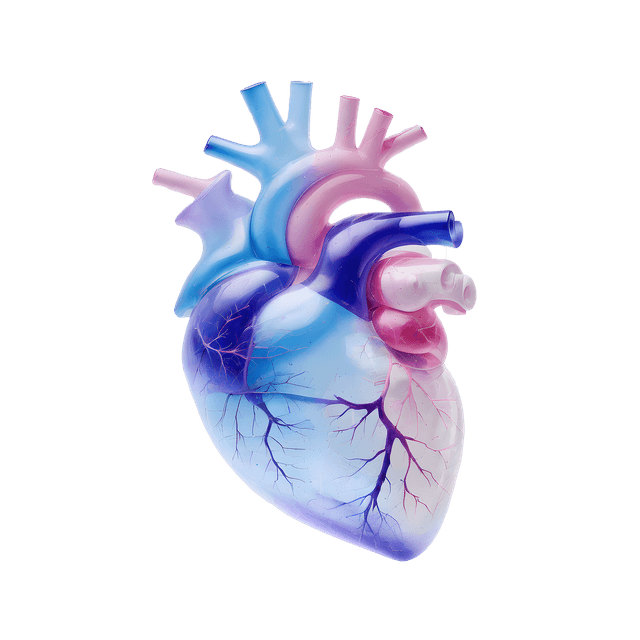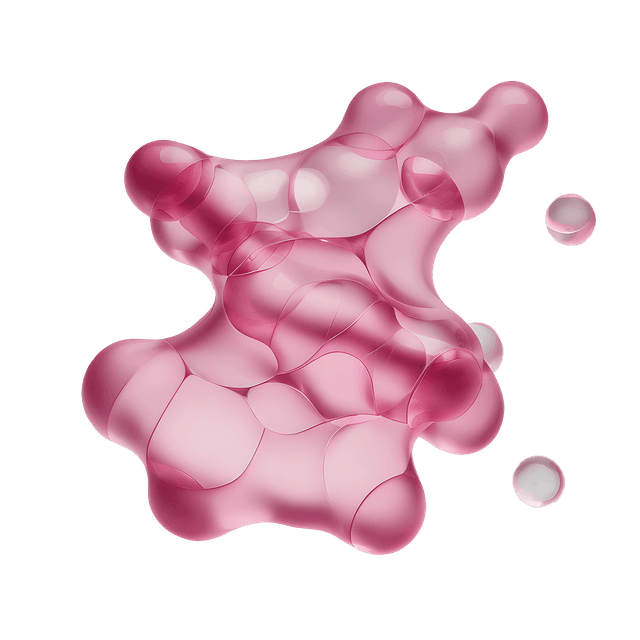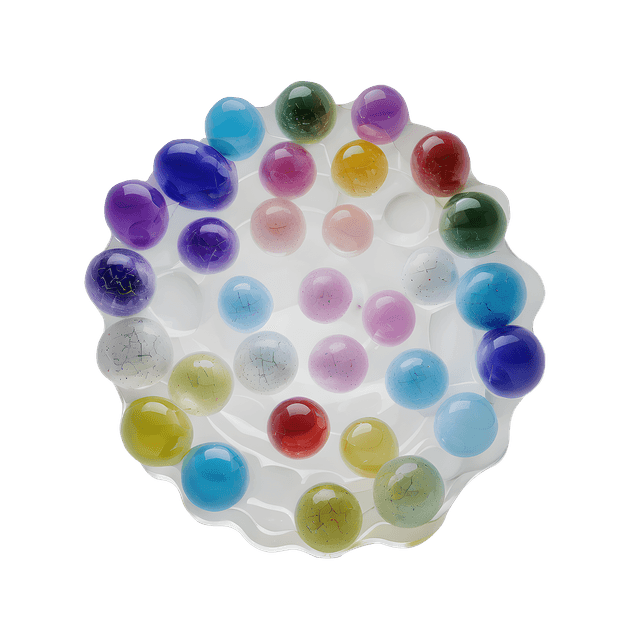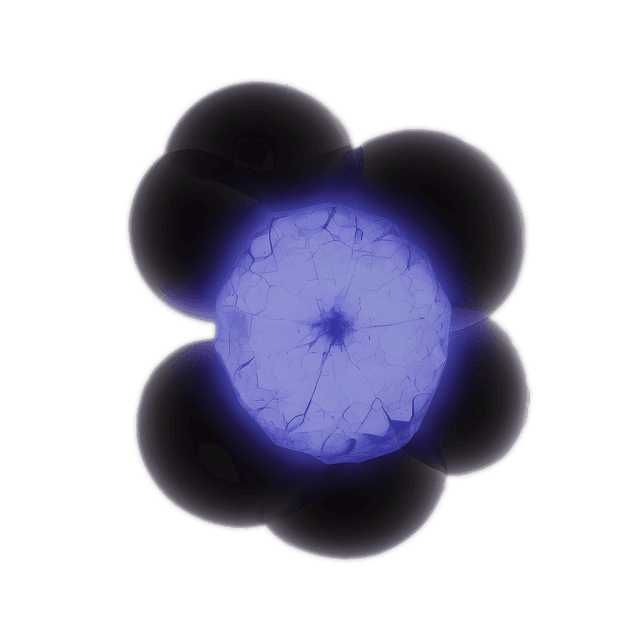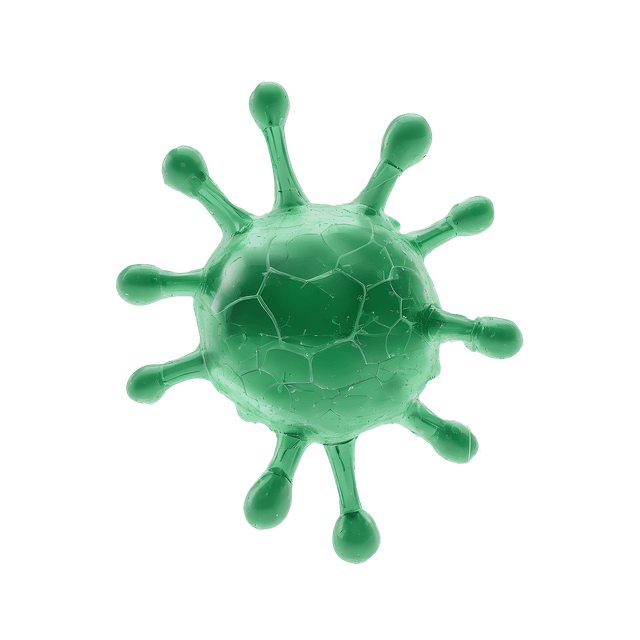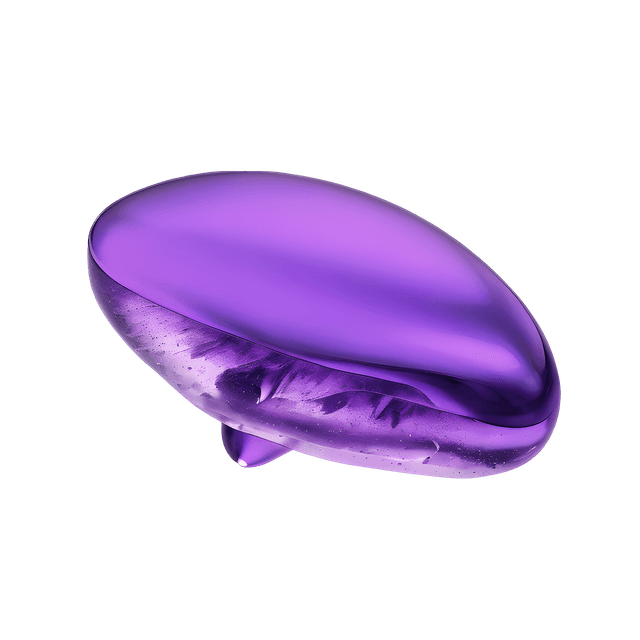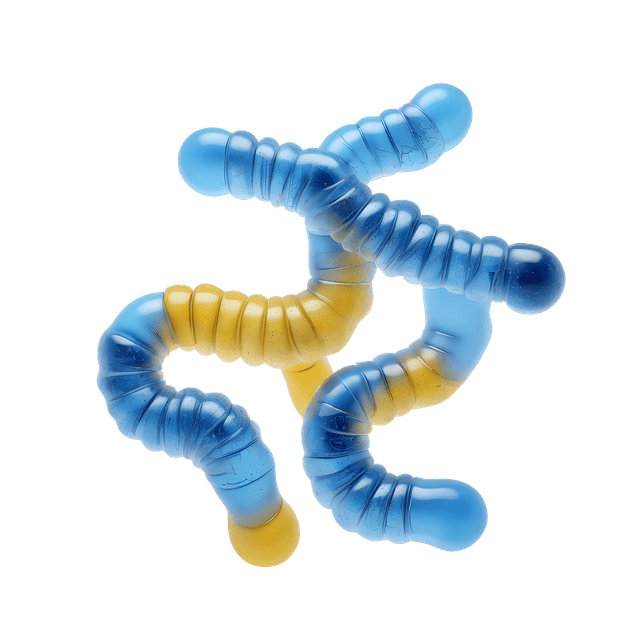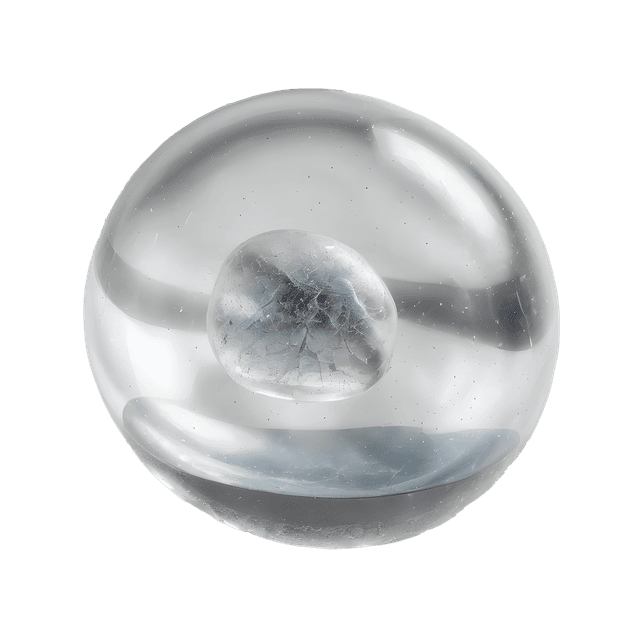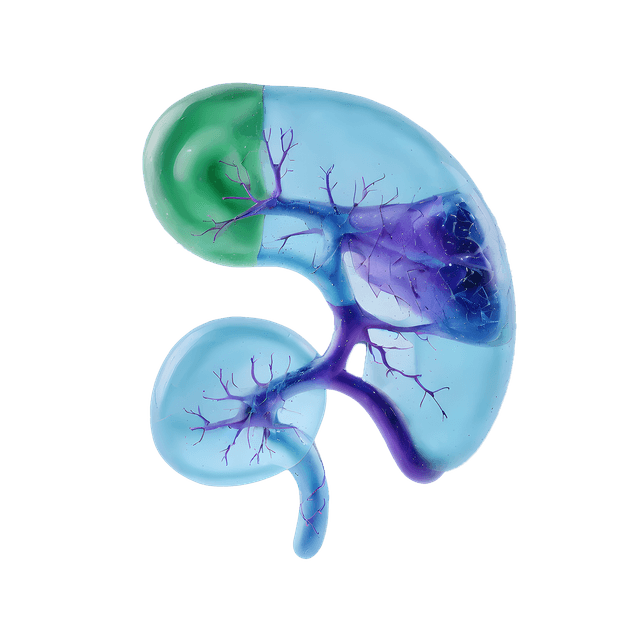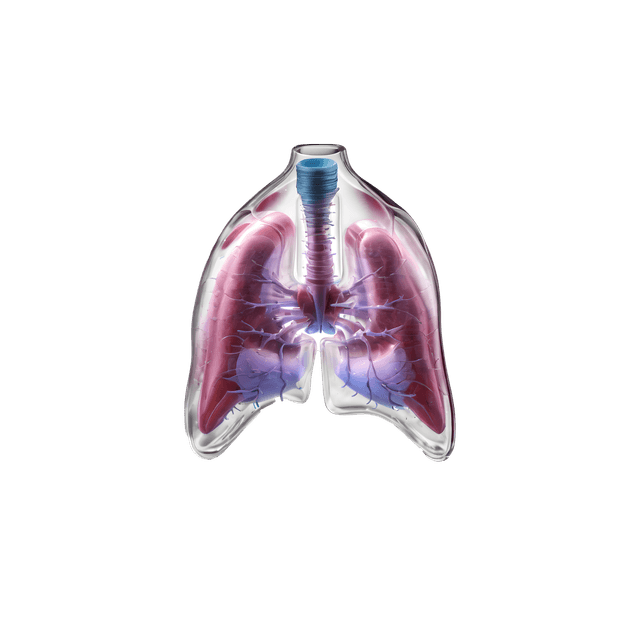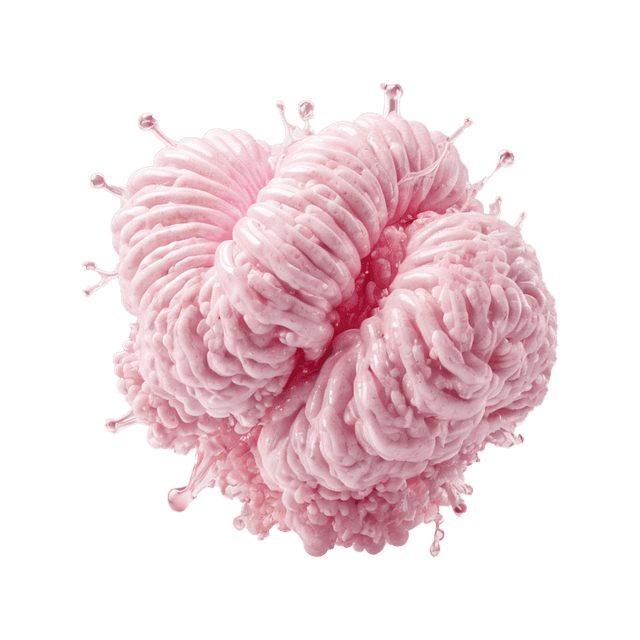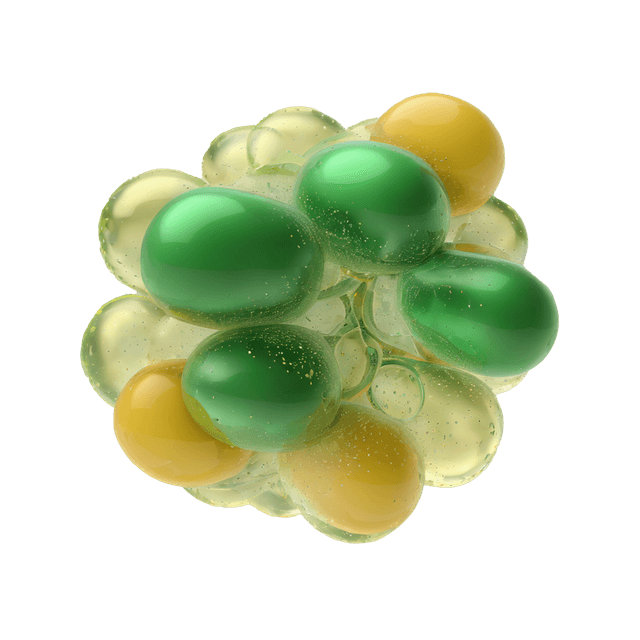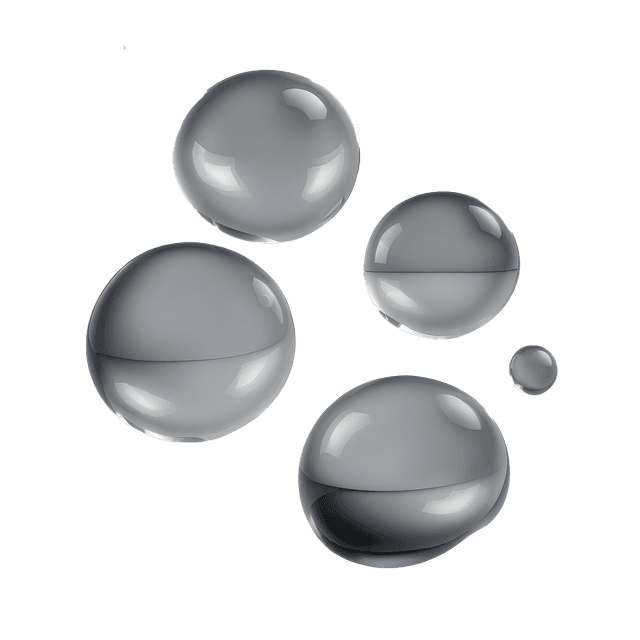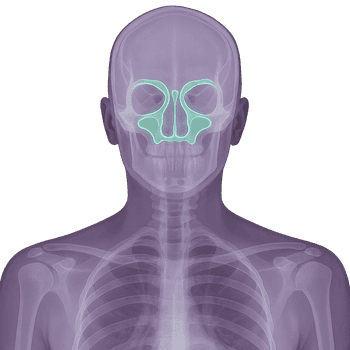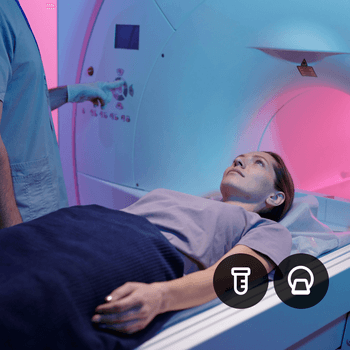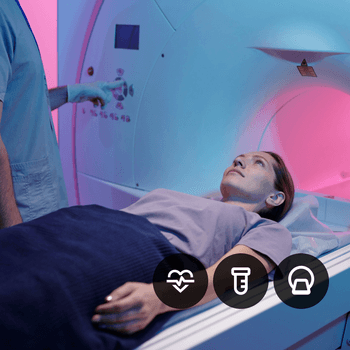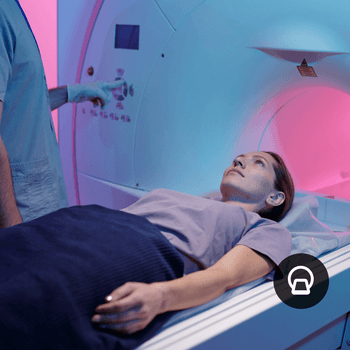Quick version
Sinuses are cavities that help with breathing, resonance, and protection in the skull.
- Four main types of sinuses are found in the skull
- They are air-filled cavities that are connected to the nasal cavity
- Sinuses regulate humidity, temperature, and sound resonance
- Common problems include sinusitis and allergies
- Symptoms include facial pain, nasal congestion, and headaches
What is a sinus?
Sinuses are bony cavities in the facial skeleton and skull that are lined with mucous membrane. They communicate with the nasal cavity and are located in the frontal bone, maxillary bone, sphenoid bone and the ethmoid labyrinth. In humans, there are a total of four main groups of sinuses.
Different types of sinuses (sinuses)
- Frontal sinuses: Frontal sinuses, located above the eyes.
- Maxillary sinuses: Maxillary sinuses, located in the upper jaw.
- Ethmoidal sinuses: Hymenal sinuses, between the nose and eyes.
- Sphenoidal sinuses: Sphenoid sinuses, behind the nose near the pituitary gland.
Functions
Sinuses help reduce the weight of the skull, act as resonance chambers for the voice, help moisten and warm inhaled air, and protect sensitive structures by absorbing impacts to the face.
Mucus production and drainage
The sinuses produce mucus that is then transported out through small openings into the nasal cavity. The mucus helps to trap particles and keep the mucous membrane moist. In case of infection these openings can become blocked, leading to pressure and inflammation.
Common sinus problems
Sinusitis is a common condition in which the mucous membrane swells and the mucus cannot drain normally. It can be caused by viruses, bacteria, allergies or colds.
Examination and diagnosis
If sinus problems are suspected, a clinical examination is performed in which the doctor feels the face and checks the nose. Nasal speculum or endoscopy can be used to look into the nasal cavity. If necessary, this is supplemented with X-rays, computed tomography (CT) or magnetic resonance imaging (MRI) of the sinuses to assess the condition of the sinuses. Blood tests may also be taken if a bacterial infection is suspected.
Common Conditions and Diseases
- Sinusitis: Inflammation of one or more sinuses, often caused by a cold.
- Chronic sinusitis: Long-term inflammation that may require surgery.
- Nasal polyps: Benign growths that can block the sinuses.
- Allergic rhinitis: An allergic reaction that affects the nose and sinuses.
- Septum deviation: A deviated nasal septum that can impair drainage.
Relevant symptoms
- Feeling of pressure or pain in the face
- Nasal congestion and discharge
- Reduced sense of smell
- Headache, especially in forehead or behind the eyes
- Fever in bacterial infection
Related conditions and diagnoses
- Acute and chronic sinusitis
- Allergic rhinitis
- Nasal polyposis
- Septal deviation
- Upper respiratory tract infections


